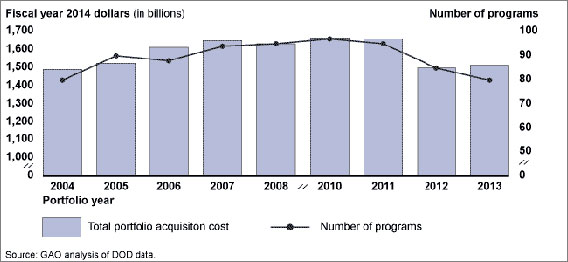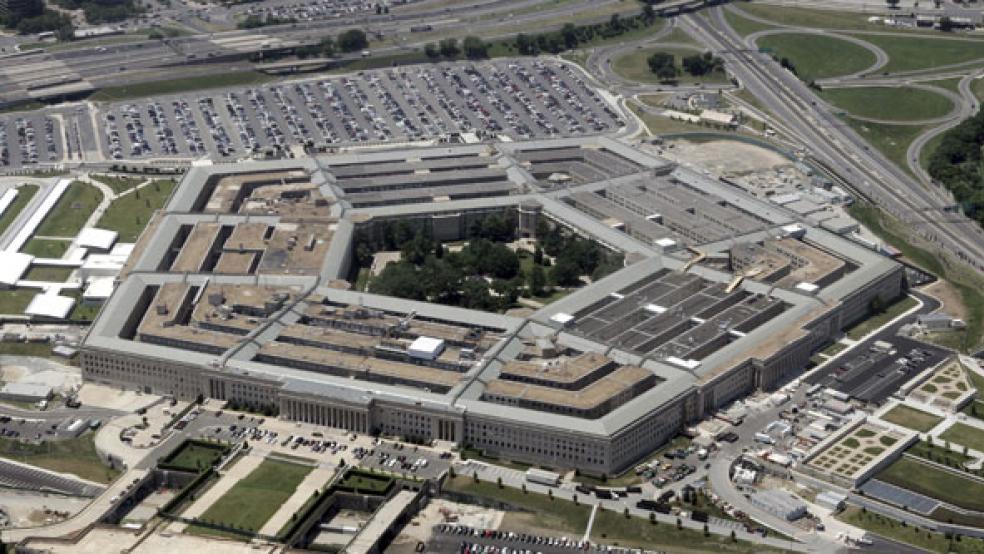Two steps forward, one step back. That pretty much sums up the Defense Department’s weapons procurement programs last year, judging by a recent report from the Government Accountability Office.
The Pentagon reduced its number of major acquisition programs from 85 to 80 last year. It also increased its cost control for 60 of those programs, saving $23 billion in the process. The downside, though, is that acquiring all of the weapons in the $1.5 trillion portfolio went up by an estimated $14.1 billion.
Related: DOD Is Stuck with a Flawed $1.5 Trillion Fighter Jet
“While a large number of programs did reduce [their] cost over the past year, the need for continued oversight and cost management remains, as many programs are still not achieving the long-term targets for limited total acquisition cost growth,” U.S. Comptroller Gene Dodaro wrote in a letter to Congress. “With the decline in the availability of discretionary funding, DOD cannot afford to miss opportunities to address inefficiencies in these programs to free up resources for additional high-priority needs, such as support of current operations.”

The number of programs and the overall cost last year was similar to 2004, at a time when the U.S. military was fighting two wars – suggesting a drawdown in troops in Iraq and Afghanistan isn’t translating into a drawdown in procurement spending. And during that time, some high-cost programs stayed that way.
The GAO found that six of the 10 most expensive programs in 2013 also made the Top 10 list in 2004. “If each of these programs had executed according to the baseline approved at development, three of them would have competed acquisition and exited the portfolio,” the GAO said.
While procurement contracts vary by program, the agreements include clauses that allow the Pentagon to sever ties or withhold funding for poor performance. Last week the head of the F-35 program, the Pentagon’s most expensive weapons initiative, said some funds were being denied to engine manufacturer Pratt & Whitney because of delays in engine production for the fighter jet.
Related: Scramjet - DOD’s New Screaming Fast Hypersonic Weapon
“We withhold money,” Lt. Gen. Christopher Bogdan said, Bloomberg News reported. “Sometimes we permanently withhold, which means they never get it back, and other times we withhold for contract delay or simply because there is a quality escape.”
Pratt & Whitney, a division of United Technologies Corp., is the sole manufacturer of the engines for the $391.2 billion weapons program. That figure was higher last year before procurement efficiencies brought the cost down by $11.5 billion, which the GAO report said was the biggest decrease among the weapons programs.
On the flip side, procurement costs for the Elevated Expendable Launch Vehicle, an Air Force launch pad for space flights, jumped by $28.1 billion.
Top Reads from The Fiscal Times:


